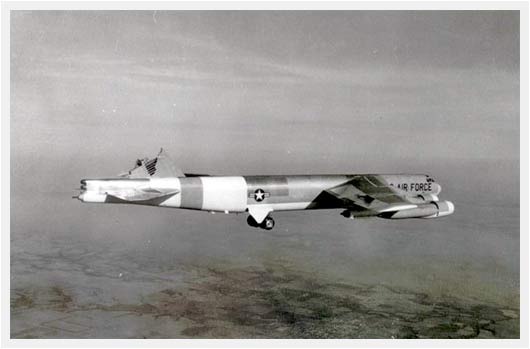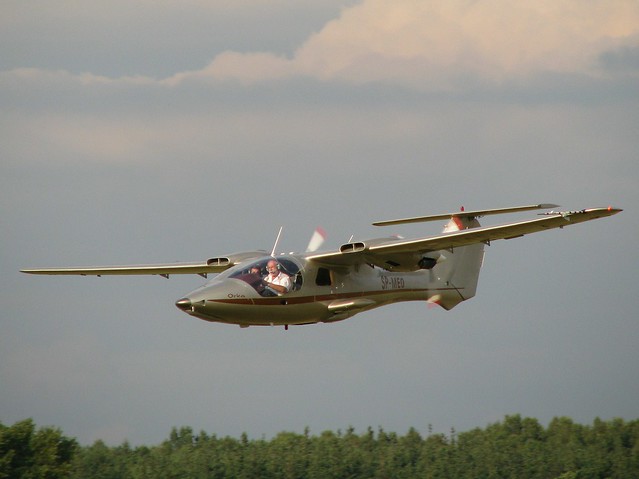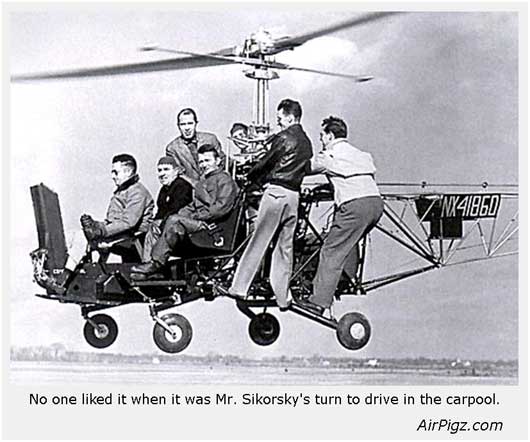Ford Tri-Motor N8407, Me, And Oshkosh 1970 (First Ever OSH)
 Friday, July 1, 2011 at 11:27PM
Friday, July 1, 2011 at 11:27PM  Me at 9 years old in the co-pilot seat of the Tri-Motor N8407 at Oshkosh 1970
Me at 9 years old in the co-pilot seat of the Tri-Motor N8407 at Oshkosh 1970
Yep, that's really me as a 9 year old looking right at home in the right seat of N8407, the 4-AT Ford Tri-Motor that all these years later is owned and operated by the EAA. But this was 1970, the very first year for Oshkosh (after moving the EAA convention from Rockford, IL) and the airplane was owned by Dale Glenn. His last name was painted on the side of the airplane, but the pilot for OSH70 was Chuck LeMaster. Chuck had been associated with the airplane for years, but I'm pretty sure he was just acting as pilot at this time.
It was a big deal for me because my dad and I would get to know Chuck really well over the next 10 years. Not only did Chuck let this little 9 year old wrap his hands around the wheel while I went for a ride in the co-pilot seat there at Oshkosh, but in the years that followed, I had some amazing opportunities in the 5-AT Ford Tri-Motor N414H, and in N7501V, one of only two modernized tri-motors called the Bushmaster 2000. Chuck owned and operated those two aircraft as barnstormers in the 1970's. Chuck had also owned a Boeing 247 that was at Oshkosh way back in the day.
Chuck was so good to me. The very first entry in my first logbook is for 2.0 hours of dual received from him in N414H in July 1976 - when we flew from Dayton, OH to Oshkosh! To say I have been blessed over the years would be a pretty massive understatement! I was just 15 at the time, but I actually had already accumulated a boatload of hours in the 7KCAB Citabria that my dad owned. He taught me how to fly it when I was just 13.
I'll go into much more detail about the tri-motor opportunities I had back in the 70's and early 80's later, but for now I'm just really excited to have found this pic from the very first year that Oshkosh took place. As we're now into July and OSH11 is drawing very near, I'm starting to get all tingly inside! I think I'll make some plans to go for a ride in good ole N8407 this year at Oshkosh... and maybe, if I buy the co-pilot's seat, the pilot will let me put my hands on the wheel again : )
 N8407 today as flown by the EAA - rides available at Oshkosh 2011! (photo: EAA)
N8407 today as flown by the EAA - rides available at Oshkosh 2011! (photo: EAA)




















































































